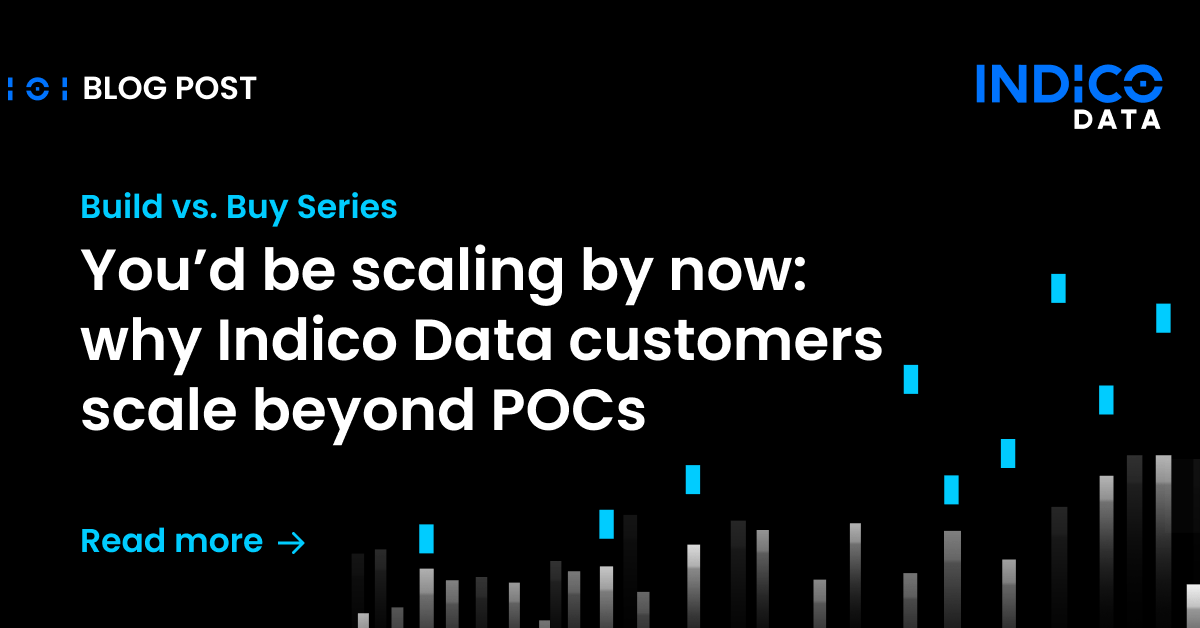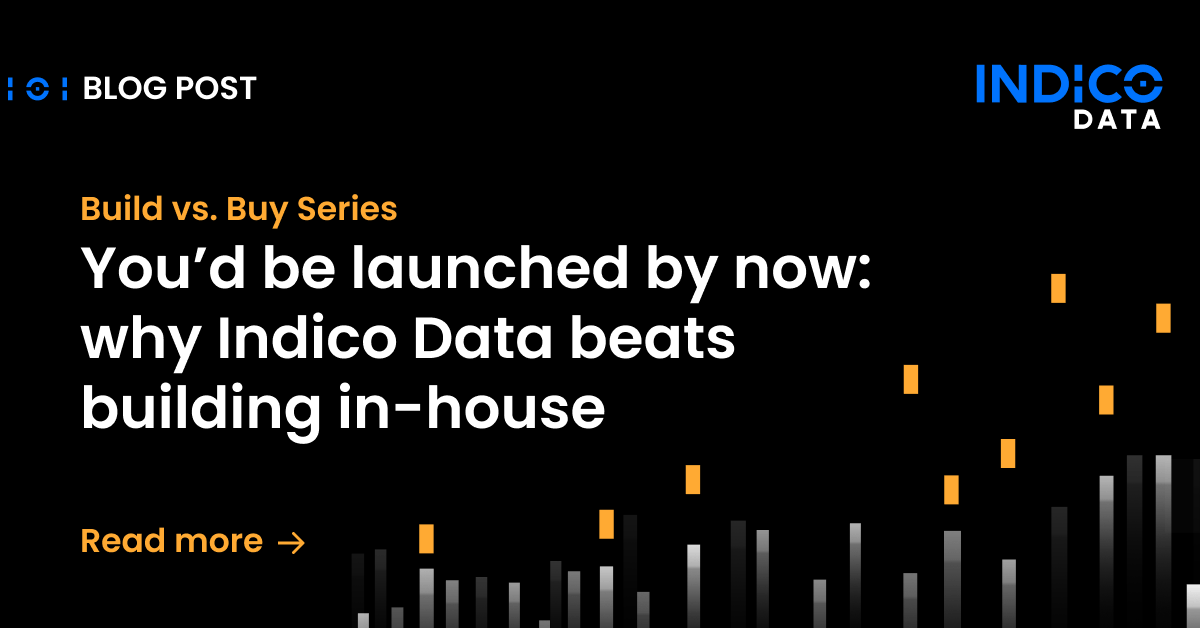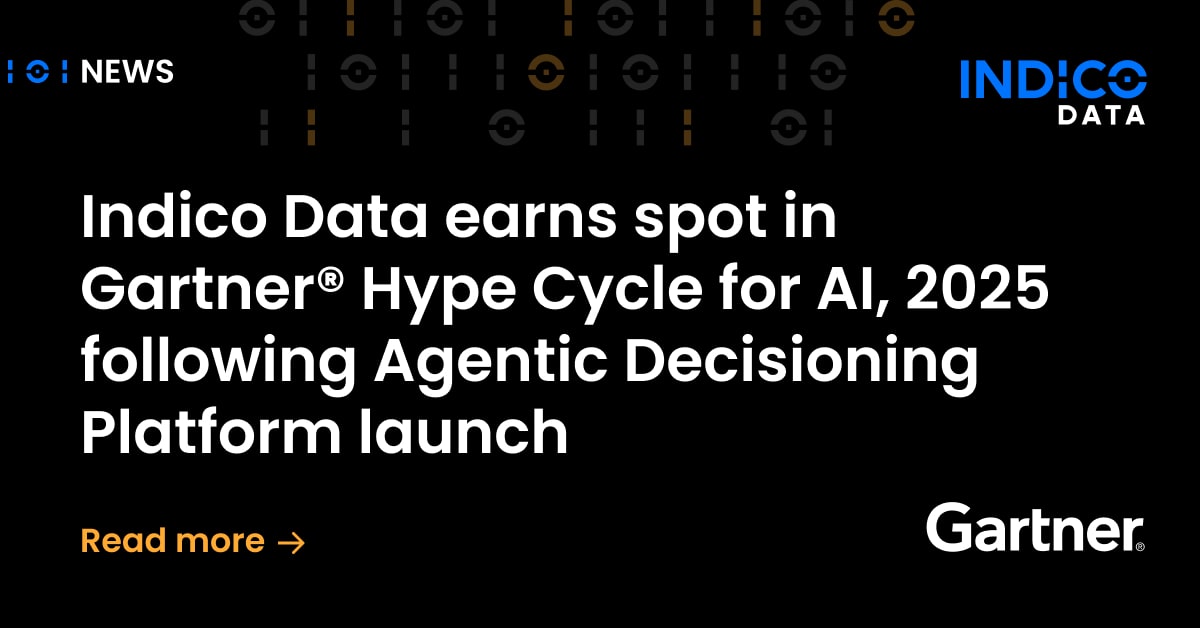Robotic process automation (RPA) is gaining traction among enterprises, as RPA tools have proven they can streamline repetitive processes and save lots of time. But as more companies implement RPA, they’re also finding they maximize ROI when they pair it with Intelligent Process Automation (IPA).
RPA software revenue grew 63.1% in 2018 to $846 million, according to Gartner, making it the fastest-growing segment of the global enterprise software market. RPA tools are used in all industries, although Gartner says the biggest adopters are banks, insurance companies, telcos and utility companies. Such firms typically have many legacy systems and use RPA to help integrate data among them.
That certainly makes sense and it’s clear that RPA offers plenty of valid use cases for those vertical industries and others, including:
- Customer service, such as automatically sorting and categorizing inquiries and shipping them to the most appropriate customer service agent for a quick response. An RPA system may also be able to offer an automated answer to simple FAQs, such as product return policies.
- Many HR tasks can be automated with RPA. To help with recruiting, software robots can collect resumes from various online platforms by matching predefined keywords to suggest promising candidates. RPA can also aid with employee onboarding, where multiple pieces of information need to be collected and input into an HR management system.
- In insurance and healthcare, RPA can assist in claims automation, including inputting data from various sources and ensuring all required information is entered.
RPA’s kryptonite: unstructured data
In other instances, however, RPA tools struggle because of one important fact: they can only deal with structured data, meaning data that is highly formatted, such as in a spreadsheet or database. That’s an issue because most experts agree structured data accounts for only about 20% of all data.
The remaining data is unstructured and includes videos, images, audio, PDFs, Word documents, emails and more. As soon as any form of unstructured data enters the equation, the RPA tool needs to be supplemented with other technology.
This is where intelligent process automation (IPA) comes in. IPA builds on RPA by incorporating additional intelligent automation technologies that can deal with unstructured content. This includes optical character recognition (OCR) tools that can “read” scanned documents, and natural language processing (NLP) to analyze and understand text in documents by taking context into consideration. Machine learning and deep learning techniques also aid with document classification and extraction.
How IPA boosts RPA
So how can you incorporate RPA and IPA to deliver more value when automating a given process?
- Customer maintenance: Use RPA to automate processes triggered by a specific event, such as the end of a contract period. Consider a cable television contract, for example. You could use RPA to automatically send the customer an email urging renewal. But with its ability to understand context, an IPA solution would also look at the customer’s current slate of services along with activity throughout the year, such as movie rental history, to determine whether there’s an opportunity to upsell additional services.
- Report aggregation: Financial firms need to compile lots of data for monthly and quarterly reports. RPA can aid in the process by automating data collection from various structured sources. But introduce a scanned document to the process and RPA hits its limit; now you need the OCR and potentially NLP capabilities of an IPA solution (delve further into the topic through this IPA financial services use case).
- Insurance claims: The insurance claim process mentioned above also struggles to deal with images or scanned documents in PDF format. Auto insurance claims routinely include photographs to show damage, and health insurance claims may similarly include CT scans and other images. Once again, the cognitive automation capabilities inherent in intelligent automation for insurance can deliver additional value.
To learn more about how IPA helps automate processes that include unstructured content, download this free analyst report from the Everest Group, Intelligent Document Processing for Unstructured Documents.


